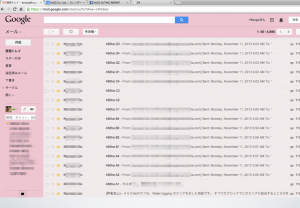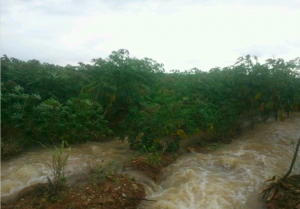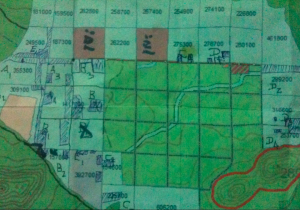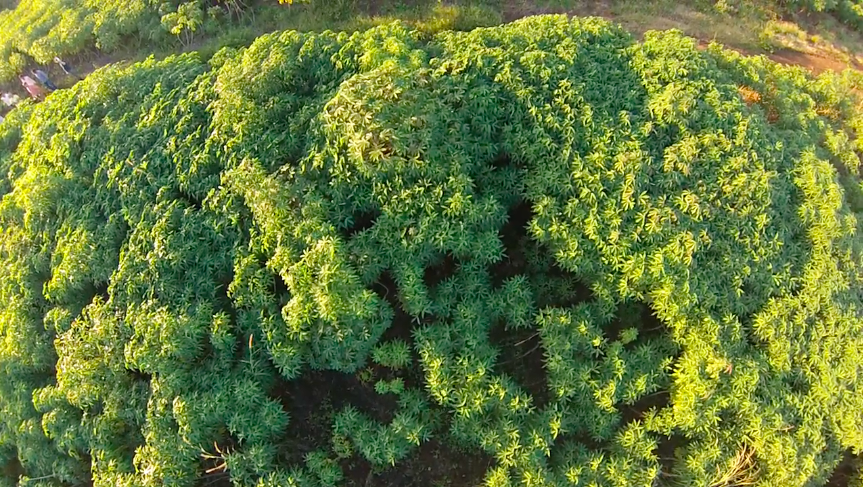The other day I met Mr. Ichikawa who does agriculture in Hanoi. Base company of his business is West Development Agriculture which is the largest company in Japan with large scale farming. Currently Mr. Ichikawa works as resident officer in Vietnam and working at around the north of the country to start mass rice farming project. Well, but even they say “the largest in Japan”, it is 600 hectares. In here, we say “well, anyway let’s try with 100 at the beginning”. I guess there is a bit of gap when they say large and when we say large in Cambodia.
Then, Mr. Ichikawa told me something interesting. Export of milk cow is increasing in Vietnam. Vietnamese were not drinking milk but they start drinking it suddenly and domestic produce can not keep up with the demand now. So they import a milk a lot. But of course domestic product is an ideal, so number of companies are start importing cows by bulk.
I actually have been studying the relationship of GPD/population and meat consumption for a while. And well, if I just wrap it up that the conclusion is that “If people become kinda rich, they start to eat a meat”. But when we I say “kinda rich” means that the people who could be out of poverty and with the GDP of 5,000USD to 20,000USD. In rapid growing Asian region, most of the countries will be in this zone in next 10 years. So, thinking only about Asia, some big change is coming soon.
Population of Asia is 3.6 billion by the way. Meat consumption of us, the Asians, are 27 kg / person a year (Only Japanese which has high GDP would be 48kg). Asian population are estimated to reach 4.5 billion and meat consumption are estimated to be 35 kg.
3.6 billion population X 27 kg of meat will expand to 4.5 billion X 35 kg. This must give a significant impact.
And of course we are eating “live stocks” but those live stocks are eating feed grains. Simply saying, we are in fact converting feed grains into meat and then eating them. Then this conversion efficiency is extremely low.
1kg of beef = 11kg of corns
1kg of pork = 7kg of corns
1kg of chicken = 4kg of corns
Until now, such low in efficiency luxury was only for the people in developed countries. For example, if we do not use corns as feed grains to produce meat that consumes in the U.S, we can feed 800 million people. Raising a meat (I mean cow or pork, you know.) cost a lot. So, we are indulging ourselves in such a luxury of eating a meat and now it will be not only for someone but for everyone on earth. This is the new era we will be living.
When I heard about Vietnam from Mr. Ichikawa, I give myself a compliment and say “See? my hypothesis of when citizen becomes rich enough, way of food consumption dramatically changes and increase a number of live stocks was right!”. And then, rapid increase of number of milk cow means that there will be a sudden increase of demand for feed grains. Regard to this I as well have been thinking and have some hypothesis but it will be too long, so I will tell you next time.




